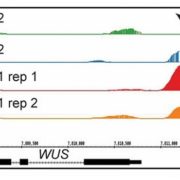
Cytokinin induces genome-wide binding of the type-B response regulator ARR10 to regulate growth and development in Arabidopsis ($)
Blog, Plant Science Research Weekly, Research, Research Blog0 Comments
/
Cytokinin, one of the major plant hormones, is involved in many aspectis of plant growth and development. Over the last few decades, the biosynthetic and signaling pathways have been discovered. The mechanistic explanation to control a myriad array of gene expression is still a black box. Zubo et al.…
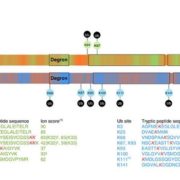
Variation in auxin sensing guides AUX/IAA transcriptional repressor ubiquitylation and destruction
Blog, Plant Science Research Weekly, Research, Research BlogSubfunctionalization of duplicated genes (ohnologs) is known to occur through eventual differential gene regulation/expression and sequence divergence. Winkler et al. explore the example of the negative regulators of auxin signaling, AUX/IAA proteins IAA6 and IAA19 and how their divergent structures…

Variable mesophyll conductance among soybean cultivars sets a tradeoff between photosynthesis and water-use-efficiency
Blog, Plant Science Research Weekly, Research, Research BlogBoosting photosynthetic efficiency in crop species has long been a goal since efficiency of photosynthesis is a critical factor in crop yield. One strategy for improving photosynthetic rates is enhancing mesophyll conductance to carbon dioxide. Tomeo and Rosenthal examined 12 cultivars of soybean (Glycine…
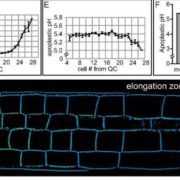
Auxin steers root cell expansion via apoplastic pH regulation in Arabidopsis thaliana
Blog, Plant Science Research Weekly, Research, Research BlogBarbez et al. introduce a fluorescent dye (8-hydroxypyrene-1,3,6-trisulfonic acid trisodium salt, HPTS) to track apoplastic pH in Arabidopsis roots and uncover some nuances in the auxin acid growth hypothesis. A sudden spike in auxin, perhaps counter-intuitively, causes a transient alkalization of the…
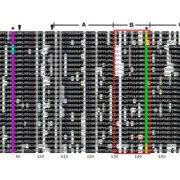
Flowering time in banana (Musa spp.), a day neutral plant, is controlled by at least three FLOWERING LOCUS T homologues
Blog, Plant Science Research Weekly, Research, Research BlogFlowering time is regulated by FLOWERING LOCUS T (FT), its paralog TWIN SISTER OF FT (TSF), and related proteins. Banana (Musa spp.) is an economically-important day-neutral plant with a months-long vegetative phase prior to flowering. The banana cultivar Grand Nain has 14 FT/TSF-like genes spread…
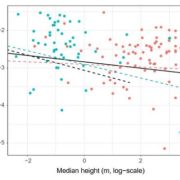
Plant size: a key determinant of diversification
Blog, Plant Science Research Weekly, Research, Research Blog
Diversification in plants is driven by many factors, but one trait, plant size, has been systematically overlooked, in contrast with the zoological field where the influence of body size on diversification has long been recognized. In this Viewpoint paper, Boucher et al. try to convince us why we…
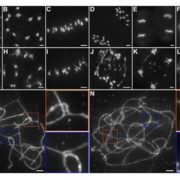
What We’re Reading: August 4th
Blog, Research, Research BlogThis week's edition is guest edited by Ian Street. Ian is a plant scientist, the writer and editor of The Quiet Branches Blog, The Resources Editor at The AoB Blog and an Associate Editor at The POSTDOCket and co-host of The Recovering Academic podcast. He can be found on Twitter @IHStreet.
Plant…

Auxin Biosynthesis and Wheat Yield
Plant Physiology, Plant Physiology: On The Inside, Research, Research BlogIn plants, there are two biosynthetic pathways for the production of the plant hormone indole-3-acetic acid (IAA), namely the Trp-dependent and the Trp-independent pathways. Shao et al. (10.1104/pp.17.00094) have performed a genome-wide analysis to identify a key gene in wheat that functions in the tryptophan-dependent…
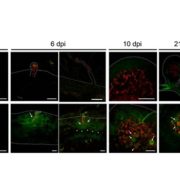
A MicroRNA Switch that Controls Lateral Root Growth and Nodulation
Plant Physiology, Plant Physiology: On The Inside, Research, Research BlogLegume roots form two types of organs, lateral roots and symbiotic nodules, which participate, respectively, in the uptake of water and mineral nutrients and in nitrogen fixation. Since both organs have considerable impacts on plant growth, understanding the mechanisms underlying the development of lateral…

